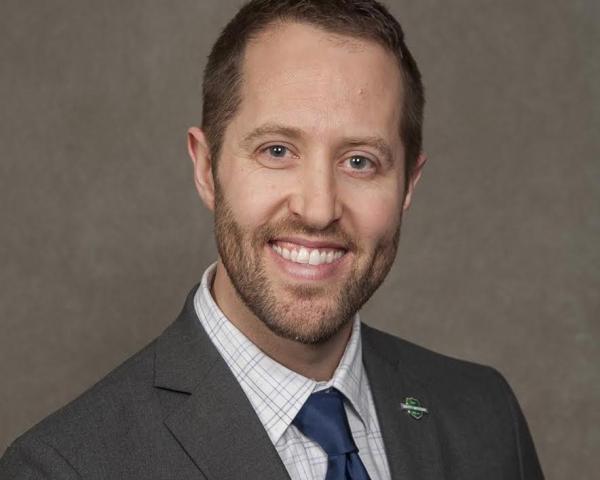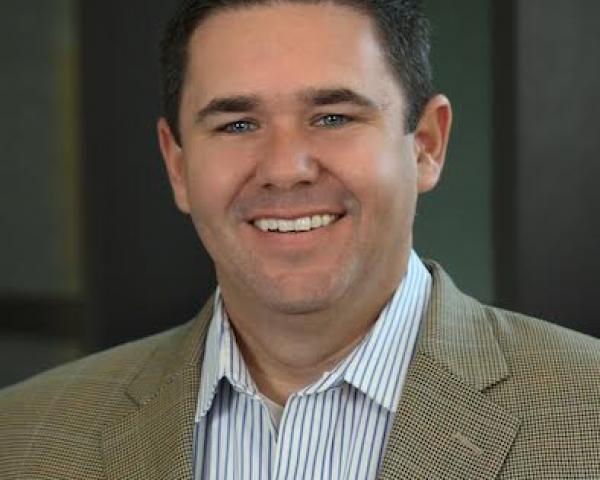Editor’s Note: This is the fourth in a series of posts in which CJ Lotter, a 15-year industry veteran, shares lessons learned in the form of guidance to MGAs on the steps required to build a successful program. The earlier articles are available here.
By now, you’ve become familiar with our series of posts on program business. We’ve covered the processes for identifying a market to target and for validating the opportunity through research. Now comes one of the most important steps, analyzing competition. Much like the other steps, analyzing the competition can be boiled down to three things:
- Gathering all available public data
- Looking at the market on a macro level and determining which competitors own the space
- Looking at individual players and their attributes and figuring out potential market entry points
Gathering Available Data
After all your research, you should have a program plan narrowed down to a specific class code with a need gap. Now it’s time to do some research on the players already in the space. Insurance is one of the only industries in which your competitors must file their business plan, and anyone can pull the filings of anyone else. That’s exactly what we are going to do in this section.
You have already selected an industry segment to target. Now, pull the filings of each competitor in that space, and all the product offerings. This will provide the raw information for your analysis in the next two sections. If, by chance, your competition is offering a non-admitted product, you will need to go elsewhere.
Work with an industry focus group to ask about the type of insurance offerings available and gather information that way, or do market research on the product offerings available. Ideally, you will use the data you gather to answer several key questions. The most important ones will depend on your organizational goals, and we will cover those in the section on qualitative research.
See also: 10 Steps to Successful Insurance Program
Analyzing the Competition
After gathering all the available competitive data, it’s time to develop the insights that will help us decide who our real competition will be. Figure out how much market share each major competitor possesses in your targeted industry. Consider these potential market share scenarios:

Each scenario will require a different set of strategies. Which of these is more appealing? If you were to pursue “Scenario 1,” you would be attacking a single dominant player. In “Scenario 2,” you would enter a market with a variety of players offering a variety of solutions.
What you decide depends on the attributes you are competing on. Traditionally, with programs, it is easier to enter a market with one established player. Ideally, this player is clunky, does business slowly and can’t react quickly enough. In this world, you can easily compete with better technology, better costs or better service, preferably all three.
A word of advice if you choose to compete on cost: Unless the cost saving is 15% or more, it will be hard to get customers to switch from an incumbent.
Profiling the Competitors
With the market data pulled and analyzed, you can now move on to a qualitative analysis of the individual competitors and ultimately decide how and where to deploy your new program. Combining the data you’ve gathered, the “word on the street” from insureds in your target market and additional market research, you’ll build profiles of the major competitors. These are the attributes you should start with:
- AM Best rating of the company
- Size of the company in premium
- Whether the company operates nationally or regionally
- Types of products (from the filings, for admitted products)
- The company’s market share in your targeted industry
- Pricing for the product (from filings, focus groups or competitive research)
- Distribution: Is the offering sold online or through agents?
The goal is to apply this data to understand which companies you will realistically compete with. Using the example we introduced in our prior post, the top provider of tow truck insurance may only serve the Midwest and Pacific Northwest, leaving open an opportunity in a Northeast market like New York. Or, perhaps there is a cost saving you can offer with a new product package.
A four-quadrant (i.e. 2x2) matrix can be a good tool here, too. Pick two important variables, one for each axis, and place all the competitors onto the graph. For example, one axis could be company size, while the other represents geographic reach (from regional to national operators).
Going as far as to do a full SWOT (strengths, weaknesses, opportunities and threats) analysis on each competitor may also be a good practice and will help illuminate the competitors you stack up against most favorably. A good resource for SWOT templates can be found here.
See also: How to Improve the Customer Journey
Final Thoughts
Through diligent research, and a good measure of analysis, you should uncover a path for potential new business. Making the right decision on where to deploy, at what price point, with which distribution model and other vital issues can make or break a program launch. Some of these will be the topics of future blog posts.
When planning a program, it is vitally important to have the conviction that you are bringing a product to the market that solves a problem better than the competition. Better pricing, better distribution or better product design are great examples of value that will improve your chance of success.
Excerpted with permission from Instec. A complete collection of Instec’s insurance industry insights can be found here.
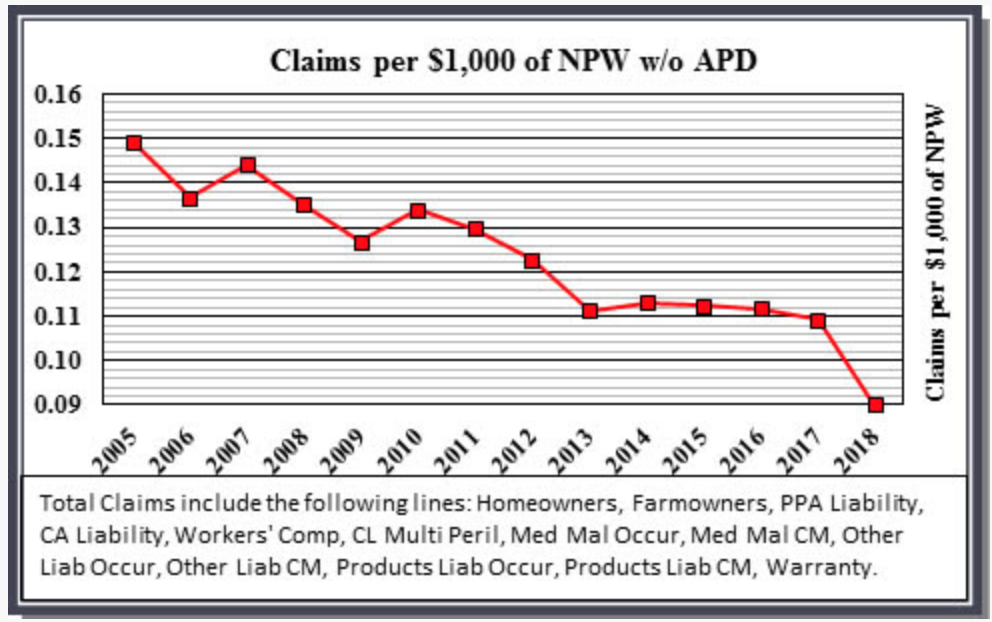
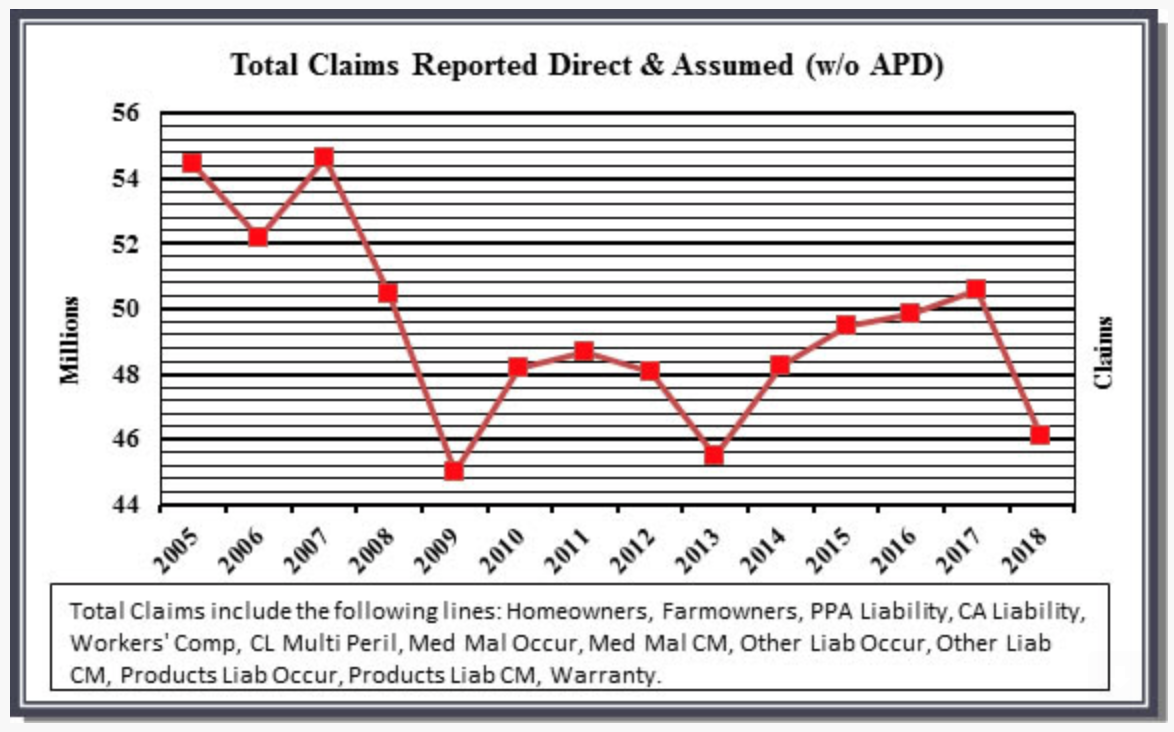 These charts exclude physical damage to autos because that one single line defies other trends. In other words, hail and flood auto claims are not becoming less frequent. The charts above do consider non-auto property hail claims, however, and, even with those claims, which include damage to hundreds of thousands of properties over the last few years (primarily in four states), the absolute number of claims is less. Considering that there are hundreds of thousands more businesses, people, homes and drivers, claims have decreased from around 54 million per year to, even in a cat year like 2017 (2018 numbers have not fully developed), only 50 million. The insured world is safer.
See also: Road to Success for P&C Insurers
The chart below clearly shows that claims relative to GDP are in a steady decline. Even if auto physical damage claims are added to these charts, the overall trend does not change. The difference is that the steepness of the decline moderates.
If it was not for severity increasing in pure dollar terms, which should be expected, the decrease would be even more pronounced. I do not have the definitive data, but my guess is the severity increase over the last three years is due to the hail storms and the horrible California fires. I can personally testify to hail claims totaling cars -- if you don't live in a severe hail state, it is difficult to appreciate the damage a hail stone the size of a golf ball, much less a tennis ball, can do.
The increasing safety of the insured world is a threat to carriers' and agents' existence because the problem is likely to grow. The safety improvements in vehicles, blue collar work environments and, perhaps especially, water shut-off devices, along with technology that will reduce exposures, means insurance will become even less valuable soon.
These charts exclude physical damage to autos because that one single line defies other trends. In other words, hail and flood auto claims are not becoming less frequent. The charts above do consider non-auto property hail claims, however, and, even with those claims, which include damage to hundreds of thousands of properties over the last few years (primarily in four states), the absolute number of claims is less. Considering that there are hundreds of thousands more businesses, people, homes and drivers, claims have decreased from around 54 million per year to, even in a cat year like 2017 (2018 numbers have not fully developed), only 50 million. The insured world is safer.
See also: Road to Success for P&C Insurers
The chart below clearly shows that claims relative to GDP are in a steady decline. Even if auto physical damage claims are added to these charts, the overall trend does not change. The difference is that the steepness of the decline moderates.
If it was not for severity increasing in pure dollar terms, which should be expected, the decrease would be even more pronounced. I do not have the definitive data, but my guess is the severity increase over the last three years is due to the hail storms and the horrible California fires. I can personally testify to hail claims totaling cars -- if you don't live in a severe hail state, it is difficult to appreciate the damage a hail stone the size of a golf ball, much less a tennis ball, can do.
The increasing safety of the insured world is a threat to carriers' and agents' existence because the problem is likely to grow. The safety improvements in vehicles, blue collar work environments and, perhaps especially, water shut-off devices, along with technology that will reduce exposures, means insurance will become even less valuable soon.
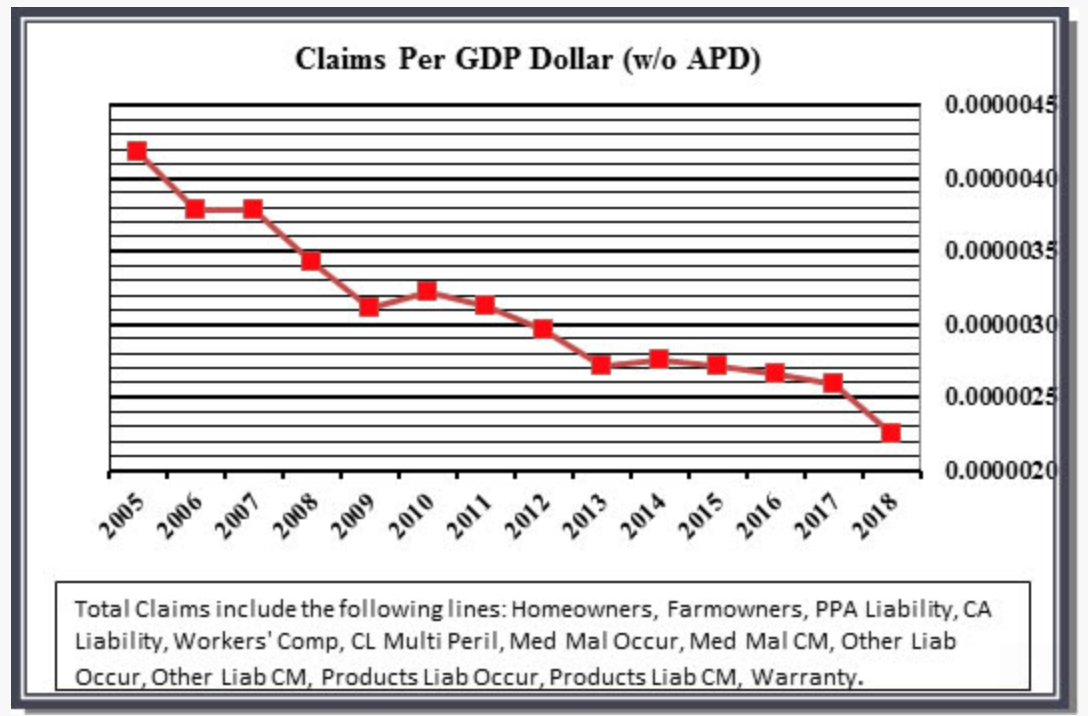
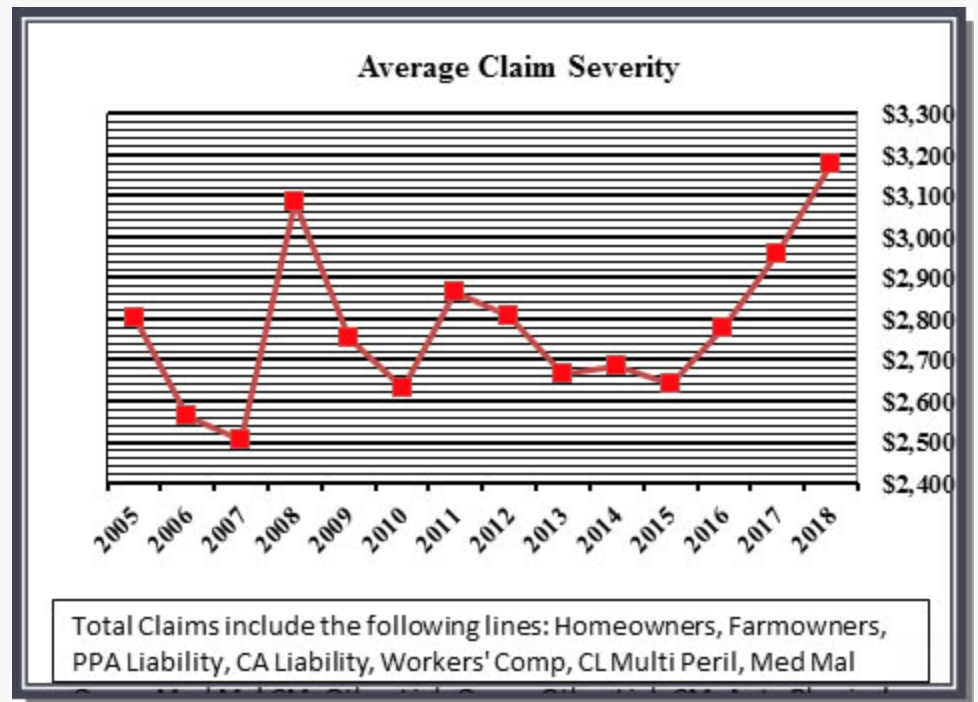 The above charts show obvious points. Improved regulations involving better zoning distances, airbags and even OSHA have all made our world safer. I am glad many of the tort reforms seem to have minimized or at least in some states reduced some of the ludicrous litigation that seems to benefit no one but a few plaintiff attorneys and the defense attorneys hired to defend against those nebulous suits. The fewer the losses, the less important insurance is. The less important insurance is, the less people will pay for it. Add record surplus, and talk of a true hard market becomes obvious wishful thinking unless some key carriers have managed to underestimate their reserves by large amounts.
The increasing safety of the world is out of the industry's control. We must adjust. Two other factors affecting the results shown in these charts are within our control. The first is how carriers adjust claims and underwrite. Based on real world experience with agents every day and some interesting published articles, some of which are more direct in their accusations, it is thought that some carriers have taken approaches that make getting a payout for a legitimate claim so difficult that frequency and severity are depressed. Similarly, some of the public has become aware, and agents definitely are aware and often educate their customers, that filing small claims should be avoided. These claims should be avoided because the pricing penalties assessed for minor claims are far too high.
This situation presents an opportunity in my mind for carriers that don't suppress claims or make processing claims inordinately difficult to let the world know they are easier to deal with in a claim situation. It is also an opportunity for agents to educate clients on the differences in claims-paying behaviors. Every agent knows different companies' tendencies with regard to claims, but many agents are reluctant to discuss those tendencies. Just as with any situation where full disclosure is limited, those with more dubious practices get the benefit, and those with the best practices fail to get full credit. Maybe use one of the publicly published claims satisfaction surveys or create your own.
The second way in which the industry almost certainly needs to change to offset the safer insured world is to change its current focus on insuring 1950s America. 1950 was about manufacturing. 2020 is about services and data. It seems every insurance company is telling every agency that their target market is manufacturers, which is proof of 1950s thinking. The industry needs to insure today’s economy.
Ever try to buy a full data policy for self-created data (which obviously is the most valuable data for a huge proportion of businesses)? Ever try to buy a policy providing coverage for intangible assets? How about intellectual property? Today’s economy is built on intangible assets, data and intellectual property. Most machines and buildings are almost unimportant because most are fairly easily replaced, or substitutes can often be easily identified (excluding highly specialized firms). Companies and governments run on data, not lathes. Few companies go out of business because they can't find a temporary building following a fire. Businesses do go out of business after cyber-attacks, reputational damage, theft of data and theft of intellectual property. In fact, think of it this way: What is the bigger danger even to a manufacturer -- the building burning down or someone in another country stealing the company's design and then undercutting the price by 50%? There is only one answer to that question.
See also: Provocative View on Future of P&C Claims
The Hartford did a study in 2015 showing reputational harm was the most severe small business claim (40% more than the average fire claim). I can only imagine that the spread has increased. In 2017, Deloitte published a study that reputation was more important than getting the strategy wrong for 87% of executives. A CNBC article from Oct. 13, 2019, reported on a study by Hiscox stating that 60% of small businesses go out of business within six months of a cyber-attack. Many other studies support the same statistics but carriers and agents continue to focus on $x liability limits, $x property and workers' comp.
Some readers may be thinking that policies exist for cyber, reputational harm, etc. (notwithstanding the fact that many cyber policies are arguably worse than no policy at all because at least not having a policy is free). Those readers are missing the point. A BOP or package policy provides coverage if a machine or building burns or is stolen or is blown away. Where is the same property coverage for a destroyed reputation or the theft of self-created data? I know Lloyd's has some coverages available, but 99% of carriers are focused on what was important in 1950. Customers are concerned with what is important today. Carriers and agents that continue trying to insure the needs of 1950 will have a short life.
Another reason today's exposures are not covered is that many agents do not understand business income coverage, so they either don't sell it or they don't sell it correctly. Next to cyber, business income is arguably the most difficult coverage to understand. Furthermore, the simplified solution that many agents choose to follow is offering the same business income solution to every client, as if all insureds were identical (and if you are thinking ALS is a universal solution, you are wrong). This is just bad thinking. Business income coverage in and of itself is far more important for many insureds, especially if one includes true contingent business income that goes beyond standard forms.
Whether you are working for a carrier or an agency, you need to insure the economy of today and tomorrow. You have complete control over this aspect of the insurance industry's diminishing in economic importance. If you focus on what is important in today's economy, you become a hero with a much more secure future by using the tools that are already invented such as business income coverages, much less creating tools to insure data and intangible assets. Let’s finally let go of 1950s thinking.
Find out more at www.burandeducation.com/3d-
The above charts show obvious points. Improved regulations involving better zoning distances, airbags and even OSHA have all made our world safer. I am glad many of the tort reforms seem to have minimized or at least in some states reduced some of the ludicrous litigation that seems to benefit no one but a few plaintiff attorneys and the defense attorneys hired to defend against those nebulous suits. The fewer the losses, the less important insurance is. The less important insurance is, the less people will pay for it. Add record surplus, and talk of a true hard market becomes obvious wishful thinking unless some key carriers have managed to underestimate their reserves by large amounts.
The increasing safety of the world is out of the industry's control. We must adjust. Two other factors affecting the results shown in these charts are within our control. The first is how carriers adjust claims and underwrite. Based on real world experience with agents every day and some interesting published articles, some of which are more direct in their accusations, it is thought that some carriers have taken approaches that make getting a payout for a legitimate claim so difficult that frequency and severity are depressed. Similarly, some of the public has become aware, and agents definitely are aware and often educate their customers, that filing small claims should be avoided. These claims should be avoided because the pricing penalties assessed for minor claims are far too high.
This situation presents an opportunity in my mind for carriers that don't suppress claims or make processing claims inordinately difficult to let the world know they are easier to deal with in a claim situation. It is also an opportunity for agents to educate clients on the differences in claims-paying behaviors. Every agent knows different companies' tendencies with regard to claims, but many agents are reluctant to discuss those tendencies. Just as with any situation where full disclosure is limited, those with more dubious practices get the benefit, and those with the best practices fail to get full credit. Maybe use one of the publicly published claims satisfaction surveys or create your own.
The second way in which the industry almost certainly needs to change to offset the safer insured world is to change its current focus on insuring 1950s America. 1950 was about manufacturing. 2020 is about services and data. It seems every insurance company is telling every agency that their target market is manufacturers, which is proof of 1950s thinking. The industry needs to insure today’s economy.
Ever try to buy a full data policy for self-created data (which obviously is the most valuable data for a huge proportion of businesses)? Ever try to buy a policy providing coverage for intangible assets? How about intellectual property? Today’s economy is built on intangible assets, data and intellectual property. Most machines and buildings are almost unimportant because most are fairly easily replaced, or substitutes can often be easily identified (excluding highly specialized firms). Companies and governments run on data, not lathes. Few companies go out of business because they can't find a temporary building following a fire. Businesses do go out of business after cyber-attacks, reputational damage, theft of data and theft of intellectual property. In fact, think of it this way: What is the bigger danger even to a manufacturer -- the building burning down or someone in another country stealing the company's design and then undercutting the price by 50%? There is only one answer to that question.
See also: Provocative View on Future of P&C Claims
The Hartford did a study in 2015 showing reputational harm was the most severe small business claim (40% more than the average fire claim). I can only imagine that the spread has increased. In 2017, Deloitte published a study that reputation was more important than getting the strategy wrong for 87% of executives. A CNBC article from Oct. 13, 2019, reported on a study by Hiscox stating that 60% of small businesses go out of business within six months of a cyber-attack. Many other studies support the same statistics but carriers and agents continue to focus on $x liability limits, $x property and workers' comp.
Some readers may be thinking that policies exist for cyber, reputational harm, etc. (notwithstanding the fact that many cyber policies are arguably worse than no policy at all because at least not having a policy is free). Those readers are missing the point. A BOP or package policy provides coverage if a machine or building burns or is stolen or is blown away. Where is the same property coverage for a destroyed reputation or the theft of self-created data? I know Lloyd's has some coverages available, but 99% of carriers are focused on what was important in 1950. Customers are concerned with what is important today. Carriers and agents that continue trying to insure the needs of 1950 will have a short life.
Another reason today's exposures are not covered is that many agents do not understand business income coverage, so they either don't sell it or they don't sell it correctly. Next to cyber, business income is arguably the most difficult coverage to understand. Furthermore, the simplified solution that many agents choose to follow is offering the same business income solution to every client, as if all insureds were identical (and if you are thinking ALS is a universal solution, you are wrong). This is just bad thinking. Business income coverage in and of itself is far more important for many insureds, especially if one includes true contingent business income that goes beyond standard forms.
Whether you are working for a carrier or an agency, you need to insure the economy of today and tomorrow. You have complete control over this aspect of the insurance industry's diminishing in economic importance. If you focus on what is important in today's economy, you become a hero with a much more secure future by using the tools that are already invented such as business income coverages, much less creating tools to insure data and intangible assets. Let’s finally let go of 1950s thinking.
Find out more at www.burandeducation.com/3d-






